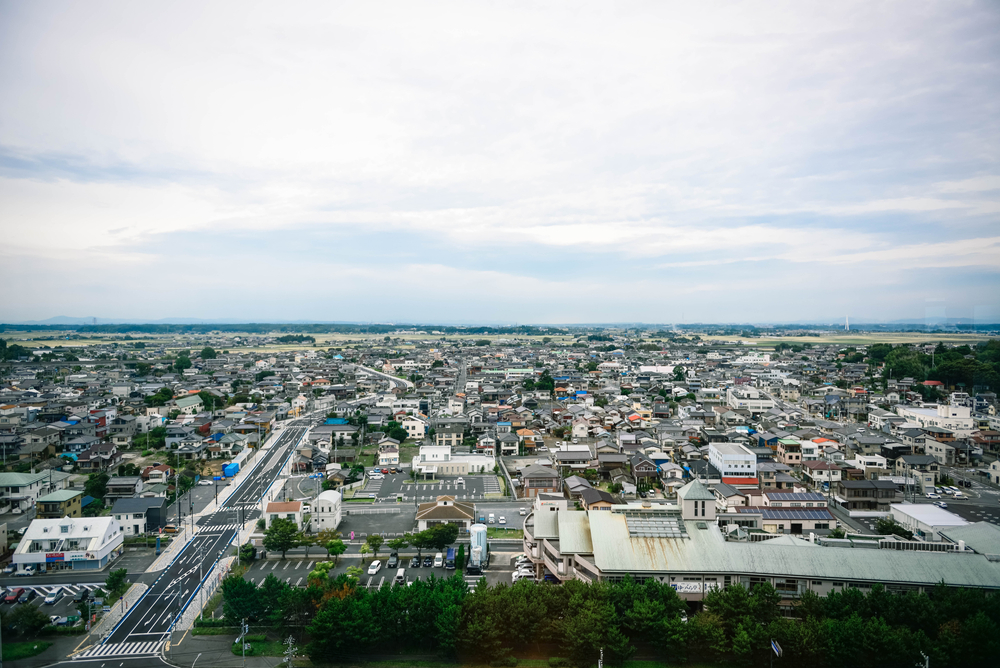
- ARAB NEWS
- 30 Jul 2025

Arab News
TOKYO: The director of the Japan Meteorological Agency, Yasuo Sekita, said that the series of magnitude 4 earthquakes beginning last month in the Tohoku and Kanto regions, which include Tokyo, are not particularly rare for those areas.
Speaking at a press conference on May 20, Sekita also noted that recent earthquakes in Nagano Prefecture are reminiscent of seismic activity that occurred there in 1998, Jiji press reported.
While Japan is famous for frequent earthquakes, the country’s earthquake alert system has been issued six times since April. Generally the alerts are issued when an earthquake is predicted to have a seismic intensity of 5 or higher, however the recent string of earthquakes have ended up being weaker than expected, with measurements of 4 in five cases and 3 in one case.
In order to send out the alerts before an earthquake is in full swing, measurements of seismic waves taken at various observation points are used to predict the intensity of an earthquake as it begins.
As the system can sometimes overestimate how intense a tremor will be, Sekita said that the agency will continue to try to improve its accuracy by examining data.
The recent earthquakes have been caused by the Pacific Plate and Philippine Sea Plate sinking under the land plate. They have been especially frequent in the southern part of Ibaraki Prefecture and the northern part of Chiba Prefecture, to the east of Tokyo.
The earthquakes in Nagano Prefecture, meanwhile, have reportedly not caused a change in the volcanic activity of nearby Mount Yake. And in addition to 1998, frequent earthquakes have also been recorded there in 1990 and 1969.
According to Tsutomu Otsuka, a professor of structural geology at Shinshu University, the area is prone to earthquakes because the hard part of the crust is thin and easily cracked by plate movements.